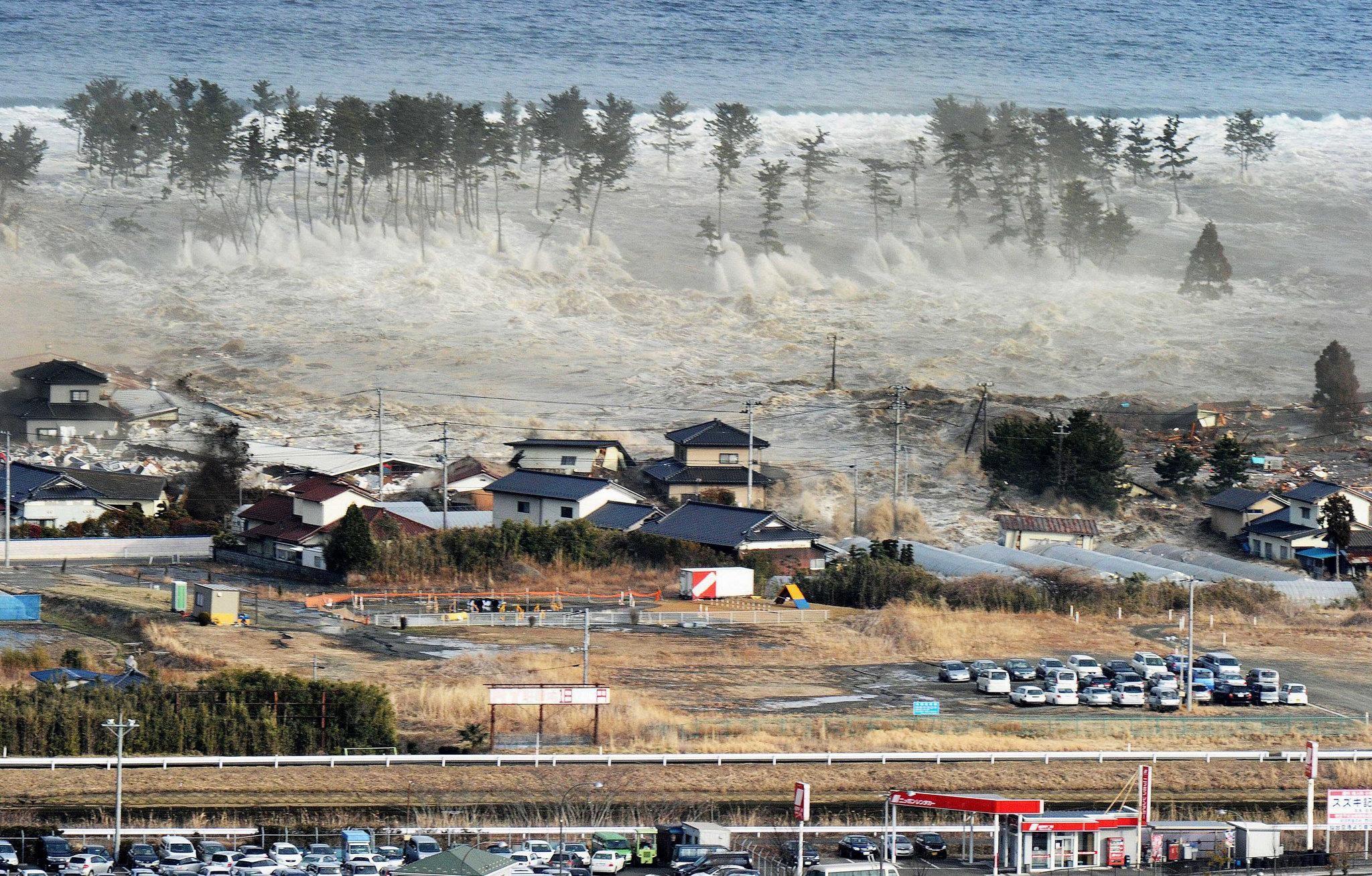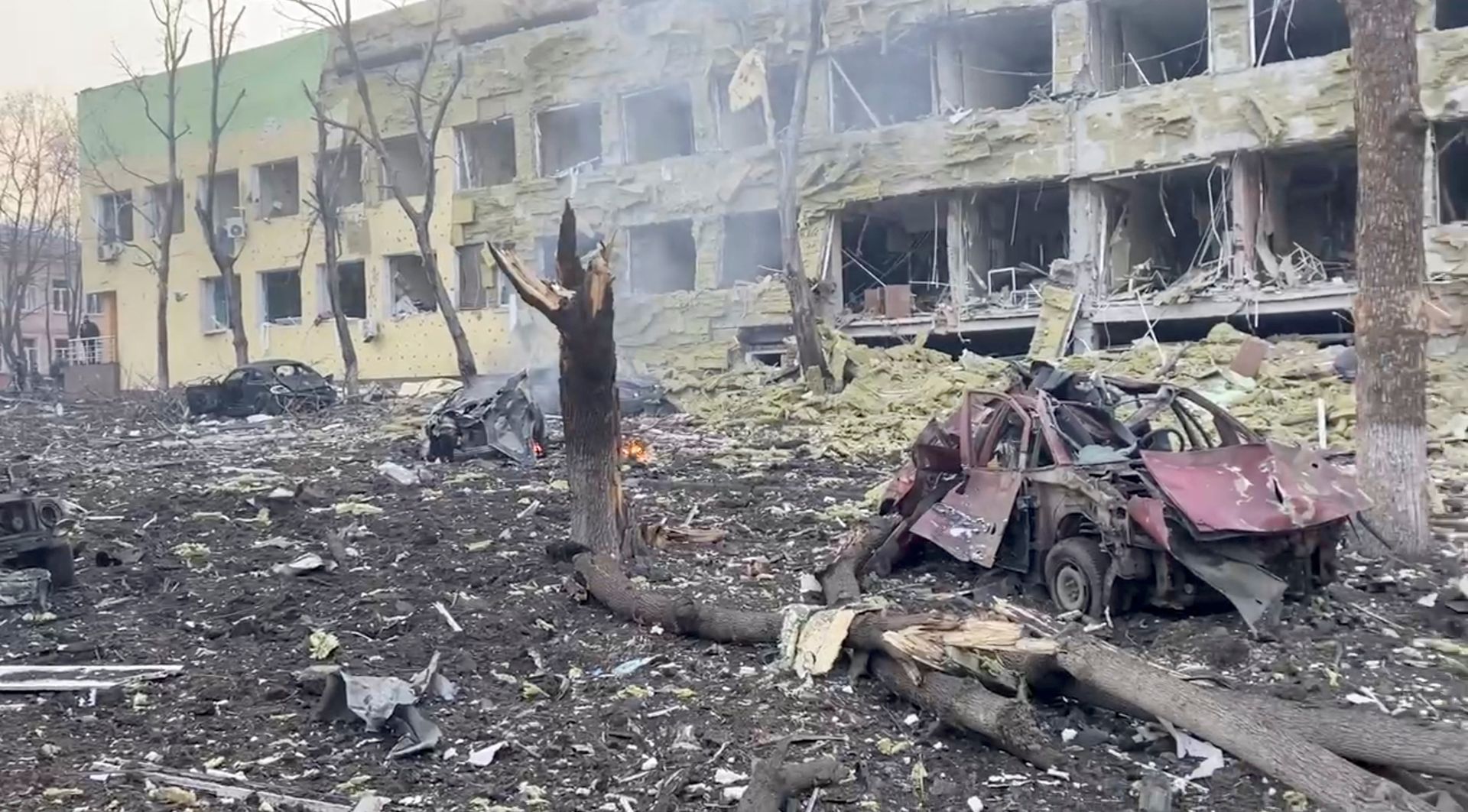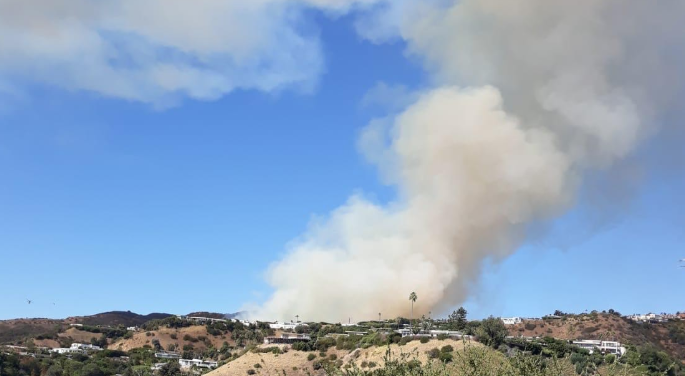By Tracy Yang, Year 12
Last Friday saw a 7.5 magnitude earthquake hit the island of Sulawesi in Indonesia. The earthquake was followed by a deadly tsunami, which swept over Sulawesi, rising 6 meters high in some places and leaving behind it a trail of destruction. The city of Palu, with population 380,000, was hit the hardest. Within three minutes, three separate waves struck the city, smashing through it and sweeping away an untold number of victims. Neighboring regions Donggala and Mamuju were also badly damaged. The official death toll of the earthquake and ensuing tsunami has risen to over 1,500 people and is expected to continue mounting as rescuers dig through debris.
Many residential neighborhoods in Palu have been utterly demolished, with large areas of buildings turned almost entirely to rubble, only the rooftops of houses visible. It is estimated that thousands of homes have been destroyed in Palu. However, much of the damage was not actually attributed to the tsunami that swept through, but to another, an equally devastating result of the earthquake: soil liquefaction.
Soil liquefaction occurs when an earthquake or similar disturbance puts pressure on soil that is saturated with water, causing the soil to behave like a liquid and become unable to support buildings. This phenomenon was what caused much of the destruction in Palu. Liquefaction caused by the earthquake caused the ground itself to flow like liquid and buildings to collapse, slide hundreds of meters sideways, or be buried entirely. These landslides laid waste to residential areas in Palu and may have trapped or buried any number of people.
Rescuers are still digging for survivors through the wreckage of damaged neighborhoods, but they are not optimistic. Relief efforts are significantly hindered by lack of heavy equipment needed for digging through rubble, and roads and telecommunication systems damaged by the earthquake mean that many areas are difficult to reach. Rescuers believe that over 150 people are still trapped under debris, and 1,000 people may be buried in the mud from areas liquefied by the earthquake.
Officials are also faced with another problem. In the aftermath of the disaster, which destroyed many essential facilities, many have been left without shelter, food, or clean water. As desperation mounts, survivors have taken to ransacking stores for food and money, adding to the chaos caused by survivors attempting to flee through airports. While this was initially tolerated due to the severe lack of food and water, Indonesian military has now been instructed to fire on looters. Officials also fear that the lack of sanitary water, massive pileups of bodies of the deceased, and humid conditions in Sulawesi are a risk for outbreaks of communicable disease among survivors’ camps, which is why they hasten to bury their dead and dispose of bodies as quickly as possible.
Indonesia is accepting aid from the international community, including funding from international organizations and multiple countries, including the U.S., Britain, and Australia, but resources are still not arriving quickly enough. More than 70,000 people have been displaced by the disaster, and the immediate problem for the Indonesia government is housing them and providing them with essential supplies like food, water, and medical supplies. Survivors paint chilling pictures of the aftermath of the disaster in Sulawesi, describing the desperation for food and water and seeming lack of aid.
The United Nations global emergency response fund has pledged $15 million to the disaster in Indonesia, and over 20 countries have offered aid to Indonesia. However, the long-term impacts of the disaster on Indonesia’s economy and society will take much longer to repair, and it may take years for the Indonesian government to completely rebuild and recover from this disaster.
Some ways in which you can help:
Give to Indonesia Earthquake Relief (World Vision)
https://donate.worldvision.org/give/indonesia-earthquake
Donate for Indonesia Earthquake Emergency (UNHCR)
https://www.unhcr.or.th/en/donate



